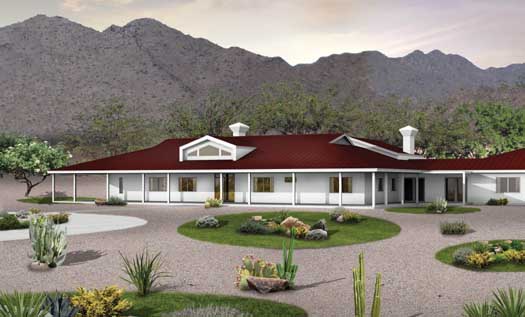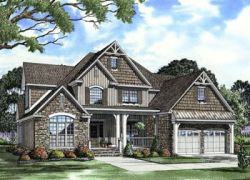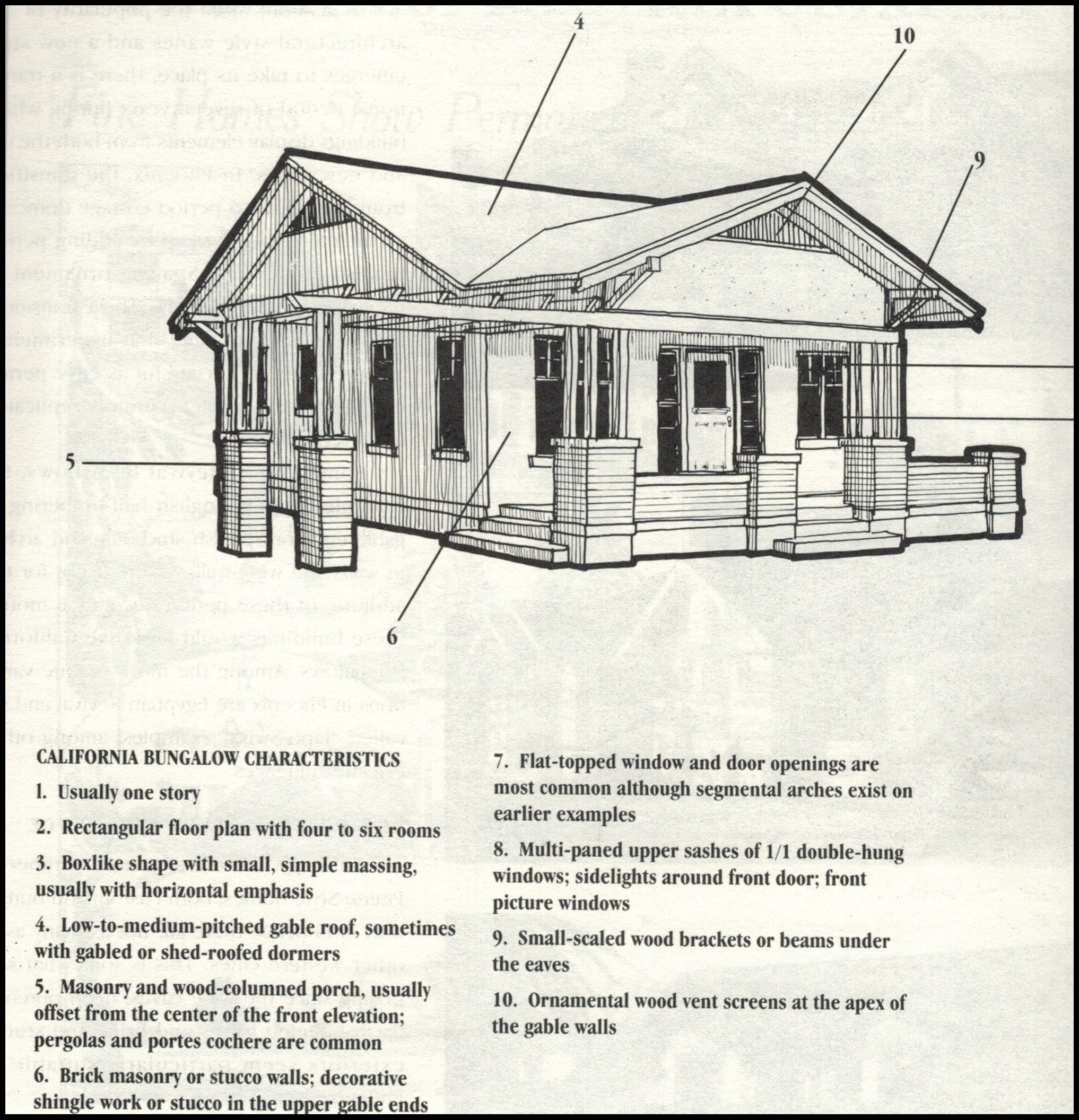Building a home in Florida offers the chance to create your dream space in one of the country’s most desirable states. With its sunny climate, beautiful beaches, and no state income tax, it’s no wonder Florida is a popular destination for homebuyers. But before you break ground, it’s essential to understand the unique considerations that come with building in the Sunshine State. In this guide, we’ll walk you through the steps and key factors to consider when learning how to build a house in Florida.
1. Research Florida’s Building Regulations
The first step in understanding how to build a house in Florida is to familiarize yourself with the state’s building codes and regulations. Florida has specific rules for construction due to its vulnerability to hurricanes, flooding, and other severe weather conditions. Builders must adhere to the Florida Building Code (FBC), which outlines safety requirements for residential construction, including:
- Hurricane-resistant designs: Homes must be able to withstand high winds and flying debris.
- Flood zone compliance: If you’re building in a flood-prone area, your home must meet elevation requirements to reduce the risk of flood damage.
Before starting your project, be sure to consult with local authorities and builders to ensure your plans meet Florida’s stringent building standards.
2. Find the Perfect Location
One of the most important decisions when building a home in Florida is choosing the right location. Florida is a large state with diverse regions, each offering different lifestyles, climates, and amenities. Consider the following factors when selecting your lot:
- Proximity to the coast: Coastal living is a major draw in Florida, but it comes with risks like hurricanes and flooding. Be prepared for higher insurance premiums and stricter building codes in these areas.
- Inland vs. coastal living: While coastal areas are popular, inland regions offer more affordable land prices and lower insurance costs. Cities like Orlando or Gainesville provide a balance of urban amenities and lower risk of severe weather.
- Community amenities: Consider what nearby amenities matter most to you, such as schools, healthcare facilities, shopping, and entertainment.
3. Choose the Right House Plan
Once you’ve chosen your location, it’s time to decide on a design for your new home. Your house’s layout and features will significantly impact your budget and lifestyle, so selecting the right house plans is key. Monster House Plans offers a wide selection of pre-designed house plans that can be tailored to your needs and the unique requirements of building in Florida.
- Why it matters: Many homes in Florida feature open floor plans to take advantage of the warm climate, outdoor living spaces, and large windows to maximize natural light. Popular architectural styles include Mediterranean, coastal, and ranch designs.
Choosing a plan from Monster House Plans can also save you time and money compared to hiring an architect to design a home from scratch. Browse our house plans to find the perfect fit for your Florida dream home.
4. Budget for Your Build
Understanding how to budget for how to build a house in Florida is crucial to ensure that your project stays on track. Several factors influence the cost of building a home in Florida, including:
- Land costs: The price of land varies widely across the state, with coastal areas generally being more expensive than inland regions.
- Construction costs: Labor and materials will make up a significant portion of your budget. Be prepared for higher costs if your home requires hurricane-resistant materials or features like impact windows and reinforced roofs.
- Permit fees: You’ll need to obtain permits for everything from site preparation to the construction itself. Fees vary by county, so check with local authorities for specific costs.
- Insurance: Florida’s risk of hurricanes and floods means that insurance premiums can be high, especially in coastal areas. Be sure to factor this into your ongoing homeownership costs.
Working with a general contractor or builder who understands Florida’s construction environment will help you create a realistic budget and avoid unexpected costs.
5. Secure Financing
Before breaking ground, it’s essential to secure financing for your home-building project. If you’re not paying for the construction out of pocket, you’ll need to explore your loan options. Construction loans are commonly used to finance the building process. Here are the most common options:
- Construction-to-permanent loans: These loans cover both the construction phase and convert into a traditional mortgage once the home is completed.
- Stand-alone construction loans: This type of loan covers just the construction costs, but you’ll need to secure a separate mortgage once the home is finished.
Be sure to shop around and compare lenders to find the best loan terms for your specific project.
6. Work with Local Builders
When building a house in Florida, it’s crucial to work with builders who are familiar with the state’s unique challenges, such as hurricane resistance and flood mitigation. Look for contractors who have experience adhering to the Florida Building Code and understand how to navigate the state’s permitting process.
Here’s what to consider when selecting a builder:
- Reputation: Check reviews, ask for references, and review past projects to ensure the builder has a strong track record.
- Licensing and insurance: Verify that the builder is licensed and insured to operate in Florida.
- Experience with weather-resistant construction: Given Florida’s climate, it’s essential that your builder is experienced in constructing homes that can withstand extreme weather conditions.
A good home builder will help guide you through every step of the process, from selecting materials to managing the construction timeline.
7. Prepare for Florida’s Climate
Florida’s tropical climate plays a big role in home design and construction. High humidity, heat, and frequent storms require specific features to ensure your home remains comfortable and durable. Consider incorporating the following elements into your home design:
- Hurricane shutters: Installing hurricane shutters or impact windows can protect your home from high winds and flying debris.
- Elevated foundations: In flood-prone areas, building an elevated foundation can reduce the risk of water damage during heavy rains or storms.
- Energy-efficient features: Florida’s hot climate can lead to high energy bills. Consider energy-efficient features like solar panels, high-efficiency windows, and insulated walls to keep your home cool while reducing energy costs.
Build Your Dream Home in Florida
Building a home in Florida is an exciting opportunity to create a space tailored to your needs and the state’s unique environment. By following the steps outlined in this guide, from choosing the right location to working with experienced builders, you’ll be well on your way to bringing your vision to life. For expert guidance and a wide range of pre-designed house plans, visit Monster House Plans and start planning your Florida dream home today.



